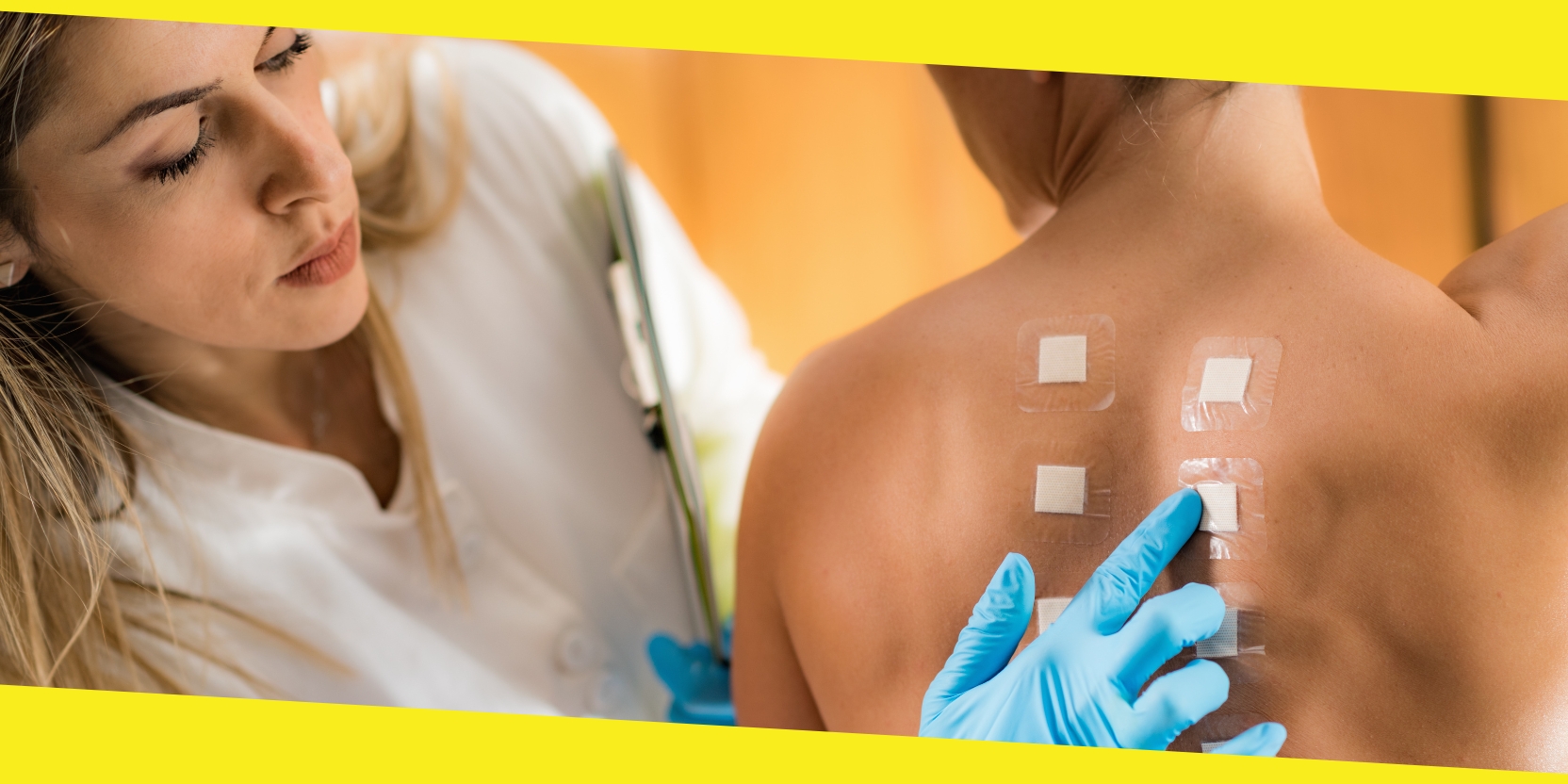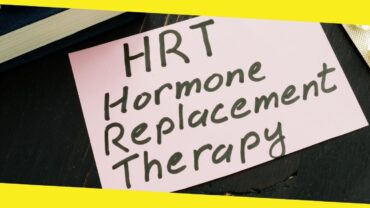What to Expect Before, During And After Skin Allergy Testing

You may need to undergo allergy tests if you have bothersome allergy symptoms. You may have symptoms such as inflammation of the face, general body itching, vomiting, sore throat, difficulty breathing, nasal problems, and headaches. New York skin allergy testing may also be ideal if you have asthma, vital for identifying potential triggers of the condition. Additionally, if you experience a severe allergic reaction that threatens your life, referred to as anaphylaxis, you may have to undergo expert allergy testing. Anaphylaxis is a condition resulting from your immune system, the natural system that defends your body, excessively reacting to triggers such as certain foods, medications, insect bites, and latex.
Skin allergy testing does not involve your health provider extracting a sample of your tissue or blood. The testing measures your body’s reaction to exposure to specific substances causing an allergic reaction. Consequently, below are what you can expect before, during, and after testing.
Contents
ToggleBefore skin allergy testing
Your allergist or immunologist may recommend that you avoid using particular drugs before testing your body’s reaction to allergens. Therefore, always inform your health provider about the medications you may be using. The presence of drugs in your system during allergy testing may contribute to an incorrect result.
For instance, your doctor may recommend you avoid using the drugs for treating signs and symptoms of allergies a few weeks before you undergo testing. Moreover, you may need to stop taking medications helpful in relieving symptoms of anxiety and depression.
If your doctor is to subject you to patch testing, which investigates and determines substances causing allergic contact dermatitis, you may need to protect yourself against sun tanning. Tanning is the process that involves excessive exposure to the sun’s harmful UV radiation, leading to darkened skin.
During skin allergy testing
The approach to testing will depend on the type of skin allergy testing your doctor chooses for you.
For instance, with intradermal skin testing, your healthcare giver uses a thinner needle with allergens to gently pierce the outermost layer of your skin on the back or arm (back or fore). Alternatively, with skin prick or scratch testing, your allergist may rub tiny droplets of substances that cause allergic reactions and then scratch and rupture the area to introduce allergens into your skin.
On the other hand, patch skin allergy testing involves taping or bandaging allergens onto your skin for at least two days or about four days.
So that there is the best interpretation possible for your body’s reaction, your doctor may also need to expose another part of your skin to a solution or substance without allergens. After about 20 minutes of exposure, your doctor will compare and contrast the skin testing areas.
After skin allergy testing
After the testing duration, your doctor will check if the testing skin locations have side effects such as redness, itching, inflammation, and irritation.
The side effects may not always show up immediately. Thus, you may have to wait a few hours to see skin reactions, which often last about one or two days.
Skin allergy testing results come as negative or positive. A negative test result means you are not allergic to an allergen.
Contact Lumos Dermatology® today if you are concerned about your allergic reactions.
Recommended For You
Everything You Need to Know About the Hormone Replacement Therapy
Most Inside
Most Inside offers high-quality recommendations and valuable updates to enhance all aspects of your life, providing premium guidance and enriching experiences.




